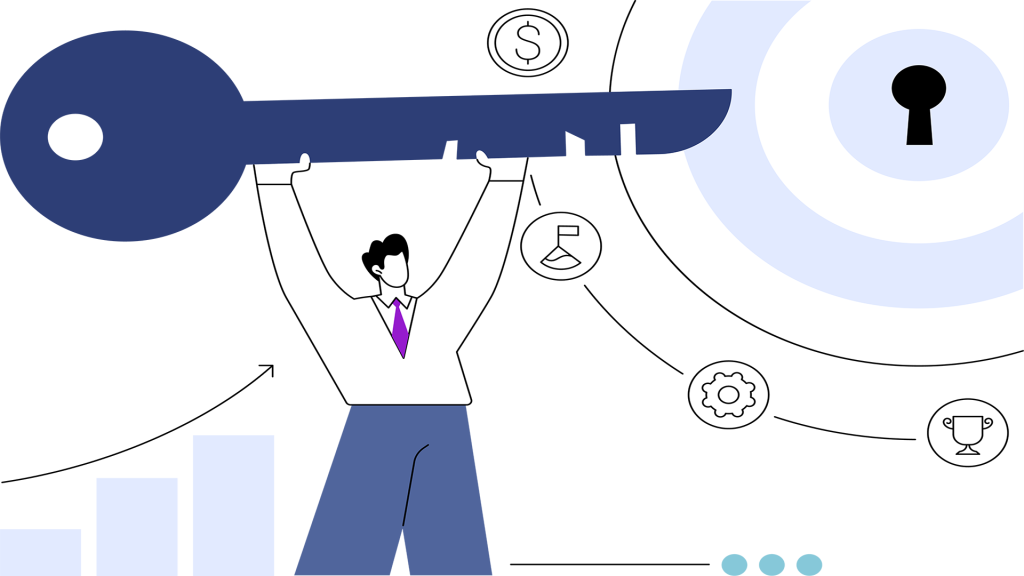
Donor-advised funds (DAFs) remain a popular and growing philanthropic tool. According to the National Philanthropic Trust, assets under management reached $251.52 billion in 2023, and grants from DAFs totaled $54.77 billion. As an operational leader who’s worked closely with nonprofits of varying sizes and sectors, I’ve seen firsthand how transformative and occasionally challenging DAFs can be. Yet beyond the complexities, there’s an extraordinary opportunity for nonprofits ready to adapt strategically.
Understanding the Current DAF Landscape
DAFs allow donors to deposit money into accounts managed by sponsoring organizations, receiving an immediate tax deduction and recommending grants to nonprofits over time. Despite the slight decline in grants year-over-year, DAFs remain highly attractive due to flexibility, convenience, and tax benefits for donors. Accessing this pool of funds requires intentional strategies and careful relationship management by nonprofits.
Nonprofit executives frequently express frustration with the perceived opacity of DAFs, funds often sit in accounts, donors may seem distant, and direct relationship-building feels elusive. However, effectively tapping into these resources remains achievable with a thoughtful approach.
Strategic Engagement with DAF Donors
To fully leverage DAFs, nonprofits must reconsider traditional donor engagement strategies, moving beyond generic appeals to more targeted, strategic communications:
1. Actively Engage with DAF Sponsors
Most DAF gifts flow from sponsors like Fidelity Charitable, Vanguard Charitable, Schwab Charitable, and community foundations. Building proactive relationships with these entities is crucial. Clearly communicate your nonprofit’s mission, financial transparency, and impact, providing information that sponsors require for grant approvals.
Nonprofits that actively engage DAF sponsors by sharing their IRS determination letters, impact reports, annual audits, and financial transparency details can greatly improve the speed and ease of grant approvals. Regular outreach to DAF sponsors, including hosting informational sessions or webinars about your mission, fosters stronger relationships and a greater likelihood of future grants.
2. Tailor Communication for Strategic Donors
Many DAF donors view their contributions as strategic investments. Adjust your outreach to emphasize measurable outcomes, clear impact reporting, and stories demonstrating the tangible community benefits of their support. Use clear and concise language and focus on engaging data visualization to highlight the direct impact their funds have had, which encourages continued giving.
For instance, a health-focused nonprofit significantly increased its DAF donations by transitioning from emotional appeals to clear impact statements detailing exactly how many lives were improved or saved through donor support. This strategic approach resonated deeply with donors who prioritize measurable results.
3. Cultivate Advisor Relationships
Indicate clearly on your website and donation portals that you accept DAF contributions. Connect directly with local foundations and financial institutions hosting DAFs by offering briefings or events highlighting your impact. This positions your nonprofit as a top recommendation for advisors.
Hosting regular events, webinars, or exclusive informational sessions specifically for financial advisors and philanthropic consultants can turn them into champions of your cause. Building these advisor relationships often leads to increased and repeated grant recommendations from their clients.
Emphasizing Transparency and Reporting
Transparency significantly impacts donor trust, especially among strategic DAF donors. Clearly articulating your financial allocations and providing detailed project-level updates significantly increase donor confidence and grant approvals. Detailed, transparent reporting demonstrates your nonprofit’s accountability and impact effectiveness.
A nonprofit focused on environmental sustainability began publishing quarterly impact dashboards detailing specific project outcomes and expenditures. These transparent and easy-to-digest reports dramatically boosted donor confidence and led to an increase in repeat DAF gifts.
Stewardship for Sustained Relationships
Building ongoing relationships with DAF donors requires innovative stewardship strategies. Treat every DAF grant as the beginning of a lasting relationship. Timely and personalized communications, such as impact videos or detailed reports sent to donors and sponsors, can significantly enhance repeat contributions.
One educational nonprofit made personalized thank-you videos after each significant DAF gift, highlighting direct testimonials from beneficiaries. Donors felt appreciated and were visibly moved, resulting in increased engagement and additional donations. Personalized and thoughtful stewardship consistently yields stronger donor relationships.
Leveraging Technology and Data
Successful DAF engagement often relies on robust CRM platforms. These tools enable nonprofits to track donor histories, segment communications, and provide tailored outreach based on donor preferences. Analytics from these systems can dramatically improve targeted fundraising outcomes.
By implementing comprehensive CRM tools, nonprofits gain valuable insights into donor behavior, preferences, and patterns. One community organization discovered through CRM data that their DAF donors preferred quarterly impact updates rather than monthly newsletters. Adjusting their communication strategy accordingly improved donor satisfaction and engagement.
Overcoming Internal Challenges
Internally, transitioning to a DAF-focused strategy may encounter resistance due to unfamiliarity or hesitation about departing from traditional methods. Small-scale pilot projects showcasing positive results can be highly effective in overcoming internal barriers and convincing stakeholders of the tangible benefits of this strategic shift.
For instance, one nonprofit overcame internal skepticism by piloting a targeted DAF outreach initiative with a single local community foundation. When the initial pilot led to increased donations, the organization quickly expanded the strategy, gaining full board and staff buy-in.
Looking Ahead
The continuing growth of DAFs signals a lasting change in philanthropy. Nonprofits must proactively adjust their fundraising strategies to remain competitive. Rather than viewing DAFs as barriers, organizations can embrace them as essential partners in achieving sustainable impact.
Additionally, the emergence of innovative platforms and financial technology solutions specifically tailored to DAF management presents exciting new possibilities for streamlining the donation process and enhancing transparency. Nonprofits that stay ahead of these technological trends will maintain a competitive advantage.
Thriving in this era demands both operational precision and genuine relationship-building. Clear, proactive communication, transparent reporting, strategic stewardship, and robust use of technology form the foundation of successful DAF engagement. Nonprofits mastering these aspects will benefit from sustained growth driven by informed, committed donors.
If your nonprofit is ready to navigate and succeed in the evolving landscape of donor-advised funds, feel free to reach out to me. I’m here to help you develop strategic approaches, enhance your operational effectiveness, and unlock new philanthropic opportunities.




